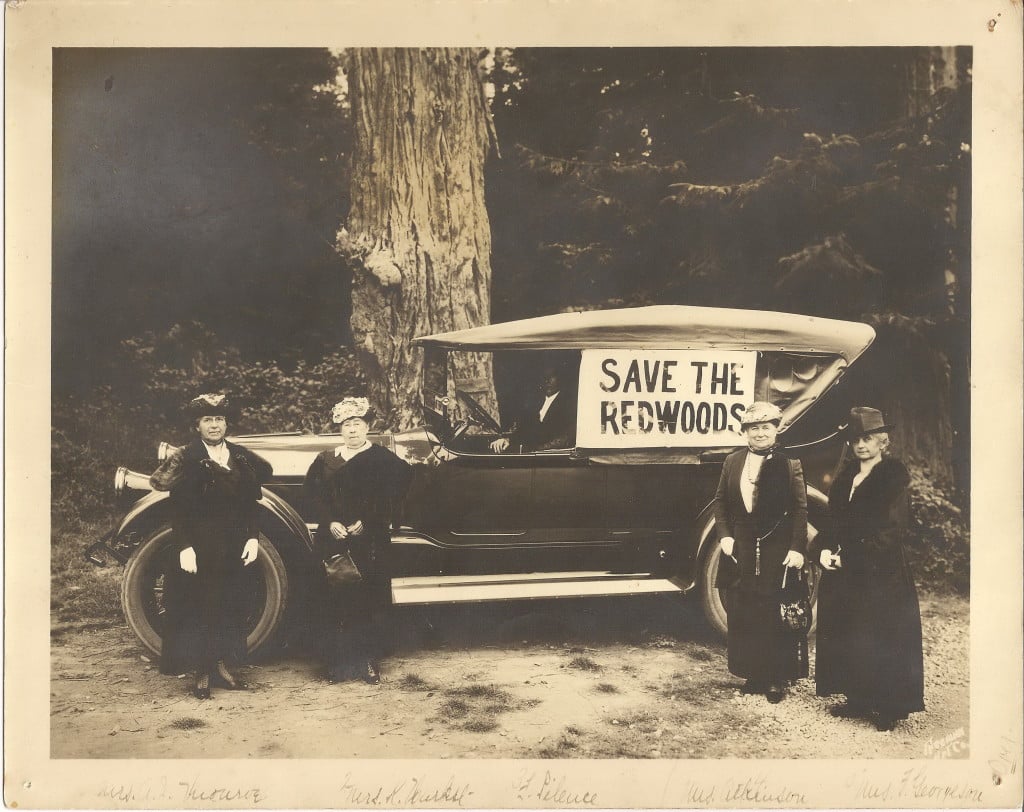
On August 8, 1919, Save the Redwoods League founders Madison Grant and Stephen Mather spoke to a packed auditorium in the Northern California mill town of Eureka. They had driven up from San Francisco, where the League had just held its first Board meeting, and they called for local support of the League’s mission to protect the redwoods. To their great surprise, they received a wildly enthusiastic response.
Why were hundreds of citizens of Humboldt County, the epicenter of redwood logging operations, so receptive to this message of conservation?
In large part, because another influential group had been working to raise awareness of redwoods preservation in the area for years: It was the women of Humboldt County who sparked the earliest awareness and action for preserving old-growth coast redwoods in Northern California.
Keep in mind that at the turn of the 20th-century, the culture and norms of the Victorian era still dominated, and there were few ways for women to engage outside the domestic sphere. So all across the country, women formed clubs to find creative means of civic engagement and community leadership, and in the still-very-wild West, women’s clubs developed around fostering “civilized” behavior in pioneer country.
Through these clubs, women exerted a discreet and lasting influence on the future of the developing West. Fortunately for the iconic redwood forest, in California, women’s clubs were on the forefront of forest policy reform. In 1900, when the California Federation of Women’s Clubs was founded, it had just two standing committees: one for education, and one for forestry.
The women’s interest in forestry is as surprising today as it was critical to the success of the early conservation movement. While the likes of John Muir and Theodore Roosevelt were speaking out on the issue, as Cameron Binkley explains in “No Better Heritage than Living Trees,” women’s clubs were providing much of the grassroots momentum by connecting more traditional realms of gardening and botany to forest conservation. (This connection was later amplified by the Garden Club of America in the 1930s, where again, a club of women from across the country placed redwoods conservation in the national conscience and helped save thousands of acres of old growth along the Avenue of the Giants.)
In Humboldt, women — many of whom were wives, sisters and daughters of logging industry leaders — witnessed the redwood forest being clear-cut all around them. Given the significance of the timber industry to their families’ livelihoods, most women didn’t push outright for logging restrictions (just yet), but rather called for the protection of specific ancient groves. In some of the very earliest recorded efforts to preserve redwoods in Northern California, Humboldt County women began encouraging the establishment of a park.
In 1908, members of the Humboldt County Federation of Women’s Clubs (HCFWC) sent to the U.S. Forest Service a children’s petition asking President Theodore Roosevelt to create a national redwood park. The petition was signed by more than 2,000 schoolchildren, and the President responded to this notable request, saying that he was “exceedingly anxious” to assist.
In the following years, the women determinedly stepped up their efforts. They circulated petitions and pursued legislation to establish a “National Redwood Forest Park.” The prospect of increased tourism, as well as a growing recognition of the recreational and scenic value of the forest, bolstered their cause.
In 1913, the HCFWC sent to Congress a resolution stating:
“Civilization demands that the natural wonders of the world be preserved for future generations to study and enjoy. The greatest of all natural wonders that make our country so interesting and attractive are the giant redwood trees of California, the greatest natural monuments of the Creator’s handiwork.”
The same year they created a Redwood Park Committee, headed by Laura Perott Mahan of Eureka. The women thought that nominating a specific site would strengthen the proposal, and Mahan was tasked with researching and reporting on potential park sites.
Based on Mahan’s report, the HCFWC chose a beautiful and accessible forest called Carson Woods. Congressman William Kent, who had a few years earlier donated the Muir Woods land, pledged $25,000 (equivalent to $600,000 today) in support of the park.
Despite the enthusiasm and hard work behind the campaign, the legislation stalled. By 1915, the discouraged women put their efforts on hold; Carson Woods, unfortunately, was logged.
That brings us back to 1919, when Mather and Grant came to town. Within hours, the women of the community reconvened and revived their efforts. The very next day, August 9, 1919, a women’s meeting was held, and a new club formed with Laura Mahan as president. They called the club the Save the Redwoods League as Organized by the Women of Humboldt County, or as it came to be known, the Women’s Save the Redwoods League.
The Women’s League was an influential local force in the growing movement to save the redwoods. The women were highly respected members of society, and they utilized their prominence to raise support for the cause. According to the descendant of one of the women in the club, they even employed the methods of environmental activism decades ahead of their time by placing themselves in the path of loggers! They quite literally used their standing to defend the redwood trees, knowing the loggers — their friends, neighbors and family members — wouldn’t dare to harm them.
In 1921, three women’s club leaders were elected to the council of the newly-formed Save the Redwoods League. League leader J.D. Grant wrote in 1922 that “it is to the women that we owe very largely the success that has thus far attended our efforts to establish the Humboldt Redwoods Park.”
Laura Mahan was a phenomenal leader. In one of her many great coups, she successfully convinced the statewide umbrella organization, the California Federation of Women’s Clubs, to hold its 1923 convention in Eureka. This was a huge deal – it meant a lot of people would be traveling to Humboldt County to experience the redwoods, and locals rightfully took pride. Efforts to conserve the area’s natural beauty were paying off, and it encouraged further preservation.
The theme of the weeklong gathering was “Conservation — The Hope of Civilization.” The women dined at a grove in Dyerville Flat which was up for sale at the time — and, following the event, with Mahan’s encouragement they raised the money to purchase and protect it. You can visit the 103-acre California Federation of Women’s Clubs grove along the Avenue of the Giants, marked with a splendid monument designed by Julia Morgan.
The influence of California women, and Humboldt County women in particular, in the early efforts to save the redwoods cannot be overstated. Before it was a movement, before their communities approved or even understood, these women spoke to the national imperative to save the iconic ancient redwoods. And they took action, persisting for years in the face of apathy, obstruction, and their own families’ self-interest, and helped to save some of the world’s most special places.
It’s a greater story than I can do justice to here; I encourage you to read Binkley’s article referenced below and “The Fight to Save the Redwoods” by Susan Schrepfer for more. We at Save the Redwoods League are celebrating Women’s History Month by retelling the stories of these remarkable women – we hope you’ll do the same!
Follow me on Twitter @SamH4Redwoods for tweets about trees, trails and other truths.
Cameron Binkley. (2002). “No Better Heritage than Living Trees”: Women’s Clubs and Early Conservation in Humboldt County. The Western Historical Quarterly, 33(2), 179–203. Oxford University Press

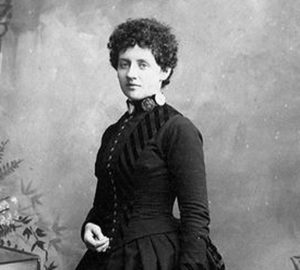
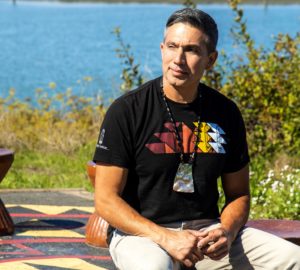
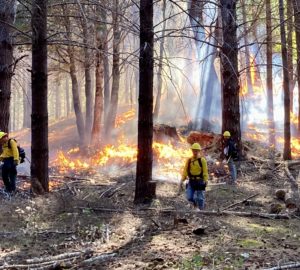
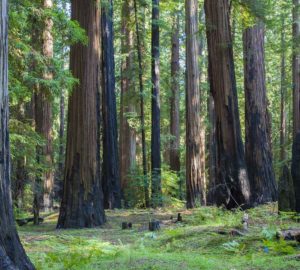
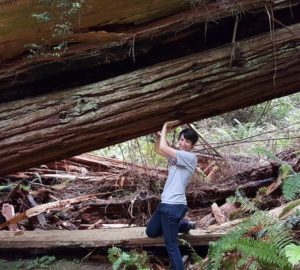
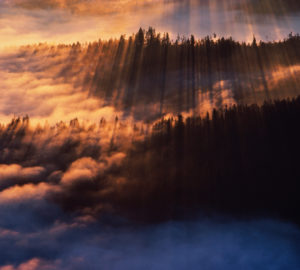
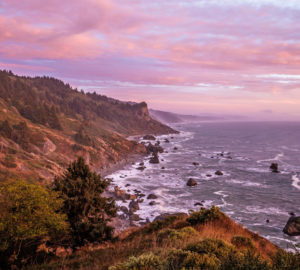
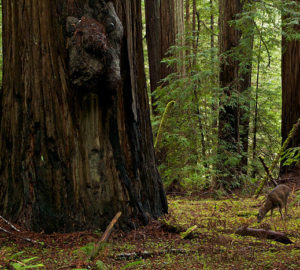
7 Responses to “A League of Their Own: The Women Who Started Saving the Redwoods”
Dolores
Let US celebrate the Native American women, and men, who protected the trees for thousands of years.
ann hunt
This picture is often shown, but seldom with the names of the women included… It would be nice if someone would do the research and identify the women and require their names to be used along with the picture… and also in articles such as the above more attempt be made to identify the women involved.
Save the Redwoods League
Thank you Ann for the comment and suggestion! We’ve added the names of these lovely women to the photo caption.
Don Morrill
Dear Sam,
Thank you so much for your dedication to preservation of our precious natural heritage. I was a co-Founder of the California Wilderness Coalition (CalWild), and am a long time Board member. My question is about my family’s connection to the League. Zipporah Patrick Russ and her daughter Georgia Russ Williams were I believe very active in this process. They were the wife and daughter respectively of Joseph Russ, an early leader of the Redwood logging industry, and cattle rancher with a large business enterprise. Can you help direct me to see if the names of these women appear in early documents of the League supporters? All I need is a pointer in the right direction.
Thanks again for your good work! Don
Sam Hodder
Dear Larry,
I’m so glad your son discovered my blog about leading women who helped to get the conservation movement, and redwood conservation, in motion! And I am so glad to learn more about the Mahan family. We would love to see photos — and post them on our website — to reflect the multiple generations of conservation families enjoying our shared redwood conservation achievements. Thank you again for your comments and I hope we can continue to showcase important contributions like those of your great aunt Laura!
Sincerely,
Sam Hodder
Larry Mahan
Sam,
Thank you for adding to our family’s pride for the pioneering efforts of my great aunt, Laura. My youngest son was scanning the internet and found your article. Her husband James, who practiced law at Mahan and Mahan, was brother to his firm’s partner, Lawrence Edward, my grandfather. My dad, James Edward was named for his grandfather James Mahan who was an Irish immigrant who was one of the earliest settlers (1866) in Blue Lake, who after some years trying mining, moved on to farming about 160 acres in Humboldt Co. Thus their kids’ (inc. James P., one of 10) love of outdoors and the value of nature. Various family members have made the trek along Mahan Trail and we have some fun pictures. Doesn’t appear I can attach one here but thanks! Enjoyed your article and glad our generations of Mahans made a permanent mark on CA!
Larry Mahan
John Griffith
Hello, Larry-
My name is John “Griff” Griffith. I am the Interpreter 1 at Humboldt Redwoods State Park. I am going to be giving school programs, walks, and campfire programs on Laura Mahan. We are also going to be talking about her a lot as part of our centennial anniversary celebrations in 2021. I would love to touch bases with you or one of her relatives. If you are interested please contact me. Thanks, Griff John.Griffith@parks.ca.gov